It can be useful to have an upper and lower limit on data.
These bounds can be used to help identify anomalies and set expectations for what to expect. A bound on observations from a population is called a tolerance interval. A tolerance interval comes from the field of estimation statistics.
A tolerance interval is different from a prediction interval that quantifies the uncertainty for a single predicted value. It is also different from a confidence interval that quantifies the uncertainty of a population parameter such as a mean. Instead, a tolerance interval covers a proportion of the population distribution.
In this tutorial, you will discover statistical tolerance intervals and how to calculate a tolerance interval for Gaussian data.
After completing this tutorial, you will know:
- That statistical tolerance intervals provide a bounds on observations from a population.
- That a tolerance interval requires that both a coverage proportion and confidence be specified.
- That the tolerance interval for a data sample with a Gaussian distribution can be easily calculated.
Kick-start your project with my new book Statistics for Machine Learning, including step-by-step tutorials and the Python source code files for all examples.
Let’s get started.

A Gentle Introduction to Statistical Tolerance Intervals in Machine Learning
Photo by Paul Hood, some rights reserved.
Tutorial Overview
This tutorial is divided into 4 parts; they are:
- Bounds on Data
- What Are Statistical Tolerance Intervals?
- How to Calculate Tolerance Intervals
- Tolerance Interval for Gaussian Distribution
Need help with Statistics for Machine Learning?
Take my free 7-day email crash course now (with sample code).
Click to sign-up and also get a free PDF Ebook version of the course.
Bounds on Data
It is useful to put bounds on data.
For example, if you have a sample of data from a domain, knowing the upper and lower bound for normal values can be helpful for identifying anomalies or outliers in the data.
For a process or model that is making predictions, it can be helpful to know the expected range that sensible predictions may take.
Knowing the common range of values can help with setting expectations and detecting anomalies.
The range of common values for data is called a tolerance interval.
What Are Statistical Tolerance Intervals?
The tolerance interval is a bound on an estimate of the proportion of data in a population.
A statistical tolerance interval [contains] a specified proportion of the units from the sampled population or process.
— Page 3, Statistical Intervals: A Guide for Practitioners and Researchers, 2017.
The interval is limited by the sampling error and by the variance of the population distribution. Given the law of large numbers, as the sample size is increased, the probabilities will better match the underlying population distribution.
Below is an example of a stated tolerance interval:
The range from x to y covers 95% of the data with a confidence of 99%.
If the data is Gaussian, the interval can be expressed in the context of the mean value; for example:
x +/- y covers 95% of the data with a confidence of 99%.
We refer to these intervals as statistical tolerance intervals, to differentiate them from tolerance intervals in engineering that describe limits of acceptability, such as for a design or of a material. Generally, we will describe them as simply “tolerance intervals” for convenience.
A tolerance interval is defined in terms of two quantities:
- Coverage: The proportion of the population covered by the interval.
- Confidence: The probabilistic confidence that the interval covers the proportion of the population.
The tolerance interval is constructed from data using two coefficients, the coverage and the tolerance coefficient. The coverage is the proportion of the population (p) that the interval is supposed to contain. The tolerance coefficient is the degree of confidence with which the interval reaches the specified coverage. A tolerance interval with coverage of 95% and a tolerance coefficient of 90% will contain 95% of the population distribution with a confidence of 90%.
— Page 175, Statistics for Environmental Engineers, Second Edition, 2002.
How to Calculate Tolerance Intervals
The size of a tolerance interval is proportional to the size of the data sample from the population and the variance of the population.
There are two main methods for calculating tolerance intervals depending on the distribution of data: parametric and nonparametric methods.
- Parametric Tolerance Interval: Use knowledge of the population distribution in specifying both the coverage and confidence. Often used to refer to a Gaussian distribution.
- Nonparametric Tolerance Interval: Use rank statistics to estimate the coverage and confidence, often resulting less precision (wider intervals) given the lack of information about the distribution.
Tolerance intervals are relatively straightforward to calculate for a sample of independent observations drawn from a Gaussian distribution. We will demonstrate this calculation in the next section.
Tolerance Interval for Gaussian Distribution
In this section, we will work through an example of calculating the tolerance intervals on a data sample.
First, let’s define our data sample. We will create a sample of 100 observations drawn from a Gaussian distribution with a mean of 50 and a standard deviation of 5.
|
1 2 |
# generate dataset data = 5 * randn(100) + 50 |
During the example, we will assume that we are unaware of the true population mean and standard deviation, and that these values must be estimated.
Because the population parameters have to be estimated, there is additional uncertainty. For example, for a 95% coverage, we could use 1.96 (or 2) standard deviations from the estimated mean as the tolerance interval. We must estimate the mean and standard deviation from the sample and take this uncertainty into account, therefore the calculation of the interval is slightly more complex.
Next, we must specify the number of degrees of freedom. This will be used in the calculation of critical values and in the calculation of the interval. Specifically, it is used in the calculation of the standard deviation.
Remember that the degrees of freedom are the number of values in the calculation that can vary. Here, we have 100 observations, therefore 100 degrees of freedom. We do not know the standard deviation, therefore it must be estimated using the mean. This means our degrees of freedom will be (N – 1) or 99.
|
1 2 3 |
# specify degrees of freedom n = len(data) dof = n - 1 |
Next, we must specify the proportional coverage of the data. In this example, we are interested in the middle 95% of the data. The proportion is 95. We must shift this proportion so that it covers the middle 95%, that is from 2.5th percentile to the 97.5th percentile.
We know that the critical value for 95% is 1.96 given that we use it so often; nevertheless, we can calculate it directly in Python given the percentage 2.5% of the inverse survival function. This can be calculated using the norm.isf() SciPy function.
|
1 2 3 4 |
# specify data coverage prop = 0.95 prop_inv = (1.0 - prop) / 2.0 gauss_critical = norm.isf(prop_inv) |
Next, we need to calculate the confidence of the coverage. We can do this by retrieving the critical value from the Chi Squared distribution for the given number of degrees of freedom and desired probability. We can use the chi2.isf() SciPy function.
|
1 2 3 |
# specify confidence prob = 0.99 chi_critical = chi2.isf(q=prob, df=dof) |
We now have all of the pieces to calculate the Gaussian tolerance interval. The calculation is as follows:
|
1 |
interval = sqrt((dof * (1 + (1/n)) * gauss_critical^2) / chi_critical) |
Where dof is the number of degrees of freedom, n is the size of the data sample, gauss_critical is the critical value, such as 1.96 for 95% coverage of the population, and chi_critical is the Chi Squared critical value for the desired confidence and degrees of freedom.
|
1 |
interval = sqrt((dof * (1 + (1/n)) * gauss_critical**2) / chi_critical) |
We can tie all of this together and calculate the Gaussian tolerance interval for our data sample.
The complete example is listed below.
|
1 2 3 4 5 6 7 8 9 10 11 12 13 14 15 16 17 18 19 20 21 22 23 24 25 26 27 28 29 30 |
# parametric tolerance interval from numpy.random import seed from numpy.random import randn from numpy import mean from numpy import sqrt from scipy.stats import chi2 from scipy.stats import norm # seed the random number generator seed(1) # generate dataset data = 5 * randn(100) + 50 # specify degrees of freedom n = len(data) dof = n - 1 # specify data coverage prop = 0.95 prop_inv = (1.0 - prop) / 2.0 gauss_critical = norm.isf(prop_inv) print('Gaussian critical value: %.3f (coverage=%d%%)' % (gauss_critical, prop*100)) # specify confidence prob = 0.99 chi_critical = chi2.isf(q=prob, df=dof) print('Chi-Squared critical value: %.3f (prob=%d%%, dof=%d)' % (chi_critical, prob*100, dof)) # tolerance interval = sqrt((dof * (1 + (1/n)) * gauss_critical**2) / chi_critical) print('Tolerance Interval: %.3f' % interval) # summarize data_mean = mean(data) lower, upper = data_mean-interval, data_mean+interval print('%.2f to %.2f covers %d%% of data with a confidence of %d%%' % (lower, upper, prop*100, prob*100)) |
Running the example first calculates and prints the relevant critical values for the Gaussian and Chi Squared distributions. The tolerance is printed, then presented correctly.
|
1 2 3 4 |
Gaussian critical value: 1.960 (coverage=95%) Chi-Squared critical value: 69.230 (prob=99%, dof=99) Tolerance Interval: 2.355 47.95 to 52.66 covers 95% of data with a confidence of 99% |
It can also be helpful to demonstrate how the tolerance interval will decrease (become more precise) as the size of the sample is increased.
The example below demonstrates this by calculating the tolerance interval for different sample sizes for the same small contrived problem.
|
1 2 3 4 5 6 7 8 9 10 11 12 13 14 15 16 17 18 19 20 21 22 23 24 25 26 27 28 29 |
# plot tolerance interval vs sample size from numpy.random import seed from numpy.random import randn from numpy import sqrt from scipy.stats import chi2 from scipy.stats import norm from matplotlib import pyplot # seed the random number generator seed(1) # sample sizes sizes = range(5,15) for n in sizes: # generate dataset data = 5 * randn(n) + 50 # calculate degrees of freedom dof = n - 1 # specify data coverage prop = 0.95 prop_inv = (1.0 - prop) / 2.0 gauss_critical = norm.isf(prop_inv) # specify confidence prob = 0.99 chi_critical = chi2.isf(q=prob, df=dof) # tolerance tol = sqrt((dof * (1 + (1/n)) * gauss_critical**2) / chi_critical) # plot pyplot.errorbar(n, 50, yerr=tol, color='blue', fmt='o') # plot results pyplot.show() |
Running the example creates a plot showing the tolerance interval around the true population mean.
We can see that the interval becomes smaller (more precise) as the sample size is increased from 5 to 15 examples.
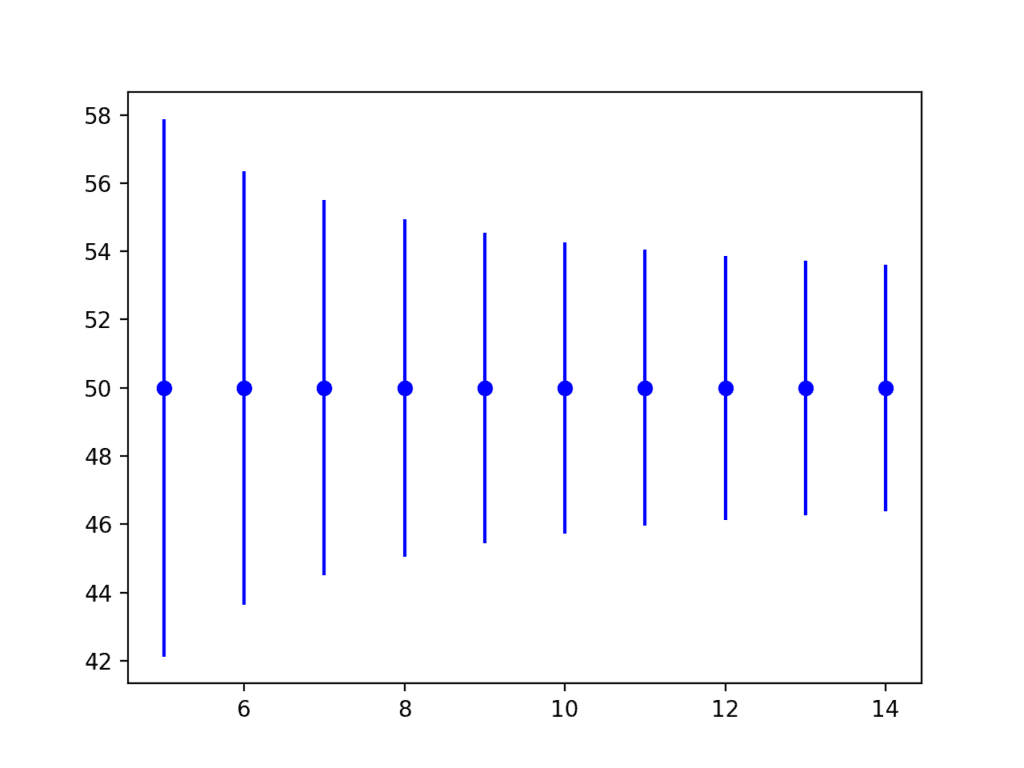
Error Bar Plot of Tolerance Interval vs Sample Size
Extensions
This section lists some ideas for extending the tutorial that you may wish to explore.
- List 3 cases where a tolerance interval could be used in a machine learning project.
- Locate a dataset with a Gaussian variable and calculate tolerance intervals for it.
- Research and describe one method for calculating a nonparametric tolerance interval.
If you explore any of these extensions, I’d love to know.
Further Reading
This section provides more resources on the topic if you are looking to go deeper.
Books
- Understanding The New Statistics: Effect Sizes, Confidence Intervals, and Meta-Analysis, 2017.
- Statistical Intervals: A Guide for Practitioners and Researchers, 2017.
API
Articles
- Tolerance interval on Wikipedia
- 68–95–99.7 rule on Wikipedia
- Percentile on Wikipedia
- Tolerance intervals for a normal distribution
Summary
In this tutorial, you discovered statistical tolerance intervals and how to calculate a tolerance interval for Gaussian data.
Specifically, you learned:
- That statistical tolerance intervals provide a bounds on observations from a population.
- That a tolerance interval requires that both a coverage proportion and confidence be specified.
- That the tolerance interval for a data sample with a Gaussian distribution can be easily calculated.
Do you have any questions?
Ask your questions in the comments below and I will do my best to answer.

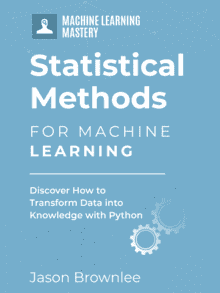


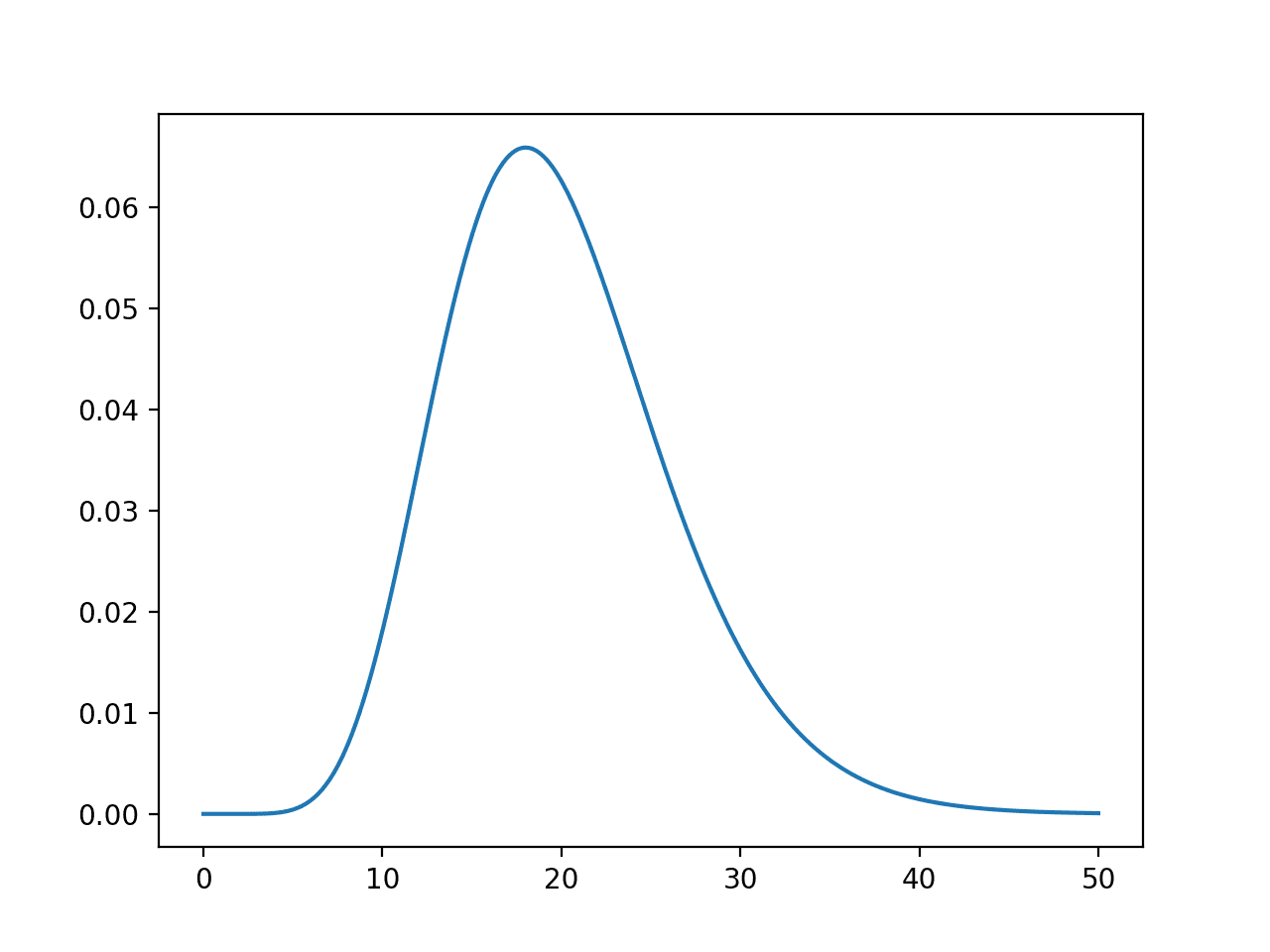

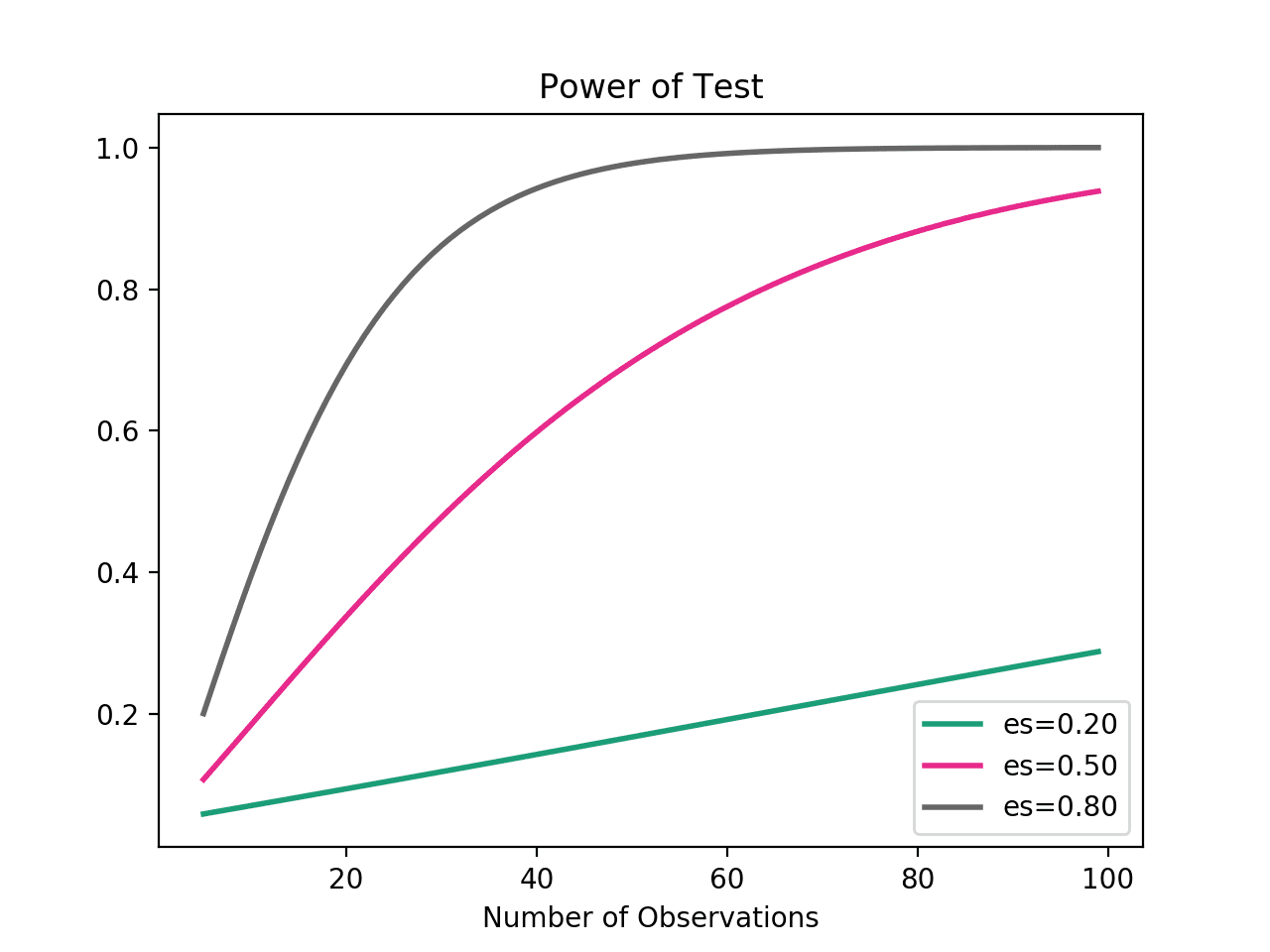
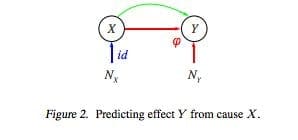
Dear Dr Jason,
(1)
Could you please refer me to where the formula for the interval in line 25 of the first example code.came from:
(2) Related to (1) is the output:
My question is this:
I understand the idea of the confidence values of mean +- 2*std_dev. That is there is a 95% probability that the mean is within these values.
What I don’t understand is the output 95% of data with a confidence of 99%. What is the meaning of 95% with 99% confidence.
Thank you,
Anthony of Sydney
Equations are based on the NIST handbook:
https://www.itl.nist.gov/div898/handbook/prc/section2/prc263.htm
As descried in the post, with tolerance we have both a range of data (coverage) and a likelihood (confidence) of that range.
Dear Dr Jason,
Thank you for the reference. It appears that the NIST site did not want to load the page, so I went to the archive.org site at https://web.archive.org/web/20171202152145/https://www.itl.nist.gov/div898/handbook/prc/section2/prc263.htm .
The code in line 25,
corresponds to the forumula k2 on the page.
The distinction between a confidence interval and a tolerance interval is “Confidence limits are limits within which we expect a given population parameter, such as the mean, to lie. Statistical tolerance limits are limits within which we expect a stated proportion of the population to lie.” 2nd para of the webpage.
The key distinction is limits within a population parameter (eg mean) and limits of a stated proportion of a popultaion.
Thank you,
Anthony of Sydney
Agreed.
More here:
https://machinelearningmastery.com/faq/single-faq/what-is-the-difference-between-tolerance-confidence-and-prediction-intervals
Hi Jason,
Isn’t a multiplication by the sample standard deviation needed in the formula for interval calculation?
“The size of a tolerance interval is (reversely ?) proportional to the size of the data sample from the population and proportional the variance of the population.”
There are many ways to calculate an interval. A simple parametric method is to use a factor of the standard deviation.
Jason, to follow on this – increasing the standard deviation in your code example has no effect on the tolerance limits calculated. How can this be? If the standard deviation is increased then surely the tolerance limits must increase as well.
Tolerance is not a confidence interval or a prediction interval.
i dont quite understand. There is no difference between the cases when I have sample mean of 1 and sample mean of 1000. I get the same tolerance interval. Since the codes here do not use the mean of my samples at all expect for the last line. So say i want to compute 0.99 portion and 0.95 confidence. I get my tolerance interval to be 3.355 and 102.355 with the same number of sample.
Tolerance is not a confidence interval, for help with confidence interval see this post:
https://machinelearningmastery.com/confidence-intervals-for-machine-learning/
My calculation for the tolerance interval is 38.22 to 61.77 which is different from the above values i.e 47.95 to 52.66. I am sure that your calculation is wrong.
Perhaps the API has changed?
It is better for you to fix the errors just to show the exact calculation of tolerance interval. Thanks.
Running the example gives the same results, what calculation do you think is wrong exactly?
Are you able to confirm your libraries are up to date?
You can use the online tolerance interval calculator to verify the above values I stated.
http://statpages.info/tolintvl.html
Thanks for sharing.
This discussion topic is addressing the question of how to use the tolerance interval – just the question I’m trying to resolve. The write-up is indicating the mean plus & minus the tolerance interval to calculate the X axis limits for 95%/99%. As you’ve stated in the article:
“We know that the critical value for 95% is 1.96 given that we use it so often…”
Certainly 2.355 sounds right compared to 1.96, however missing from this statement is the reference to 1.96 sigma.
When I try using 1.96 as the range around the mean, I get 30.5%:
=NORM.DIST(51.96,50,5,TRUE)-NORM.DIST(48.04,50,5,TRUE)
But when I change it to 1.96 sigma, I do get 95%:
=NORM.DIST(59.8,50,5,TRUE)-NORM.DIST(40.2,50,5,TRUE)
So I wasn’t surprised when my sanity check on the 47.95 to 52.66 range was only 36.2%:
=NORM.DIST(52.66,50,5,TRUE)-NORM.DIST(47.95,50,5,TRUE)
It makes sense that a limited data set would have a tolerance limit that is greater than the 1.96 sigma and this article does come out with 2.355 for the tolerance limit. What is puzzling in the article are the statements:
“We must estimate the mean and standard deviation from the sample and take this uncertainty into account, therefore the calculation of the interval is slightly more complex.
…
We do not know the standard deviation, therefore it must be estimated using the mean.”
Certainly any data set where you can estimate a mean can also have its standard deviation estimated. Assuming the StdDev estimate comes close to the 5.0 sigma that generated the data, then 2.355 sigma for a normal distribution would be 98.1%, which is and should be greater than the desired 95%:
=NORM.DIST(62.08,50,5,TRUE)-NORM.DIST(38.53,50,5,TRUE)
For further confirmation of this missing sigma when using tolerance limits, please check:
https://www.real-statistics.com/sampling-distributions/tolerance-interval/tolerance-interval-example/
Thanks for your note.
Yes, 1.96 sigma, or a z-score of 1.96.
Hi,
Thanks for the great article and the source code. I’m a bit confused. I guess someone else also asked the same question when I try to use the implementation and the interface on http://statpages.info/tolintvl.html , the results are not the same with the results I get from this source code. Most of the way the numbers are the same but at the end instead of:
lower, upper = data_mean-interval, data_mean+intervalit does:
lower = data_mean- (interval * numpy.std(data))
and the same for upper. I was wondering which approach is correct for computing tolerance intervls?
They are different, the approach your describing is defining the range as a function of the number of standard deviations:
https://en.wikipedia.org/wiki/68%E2%80%9395%E2%80%9399.7_rule